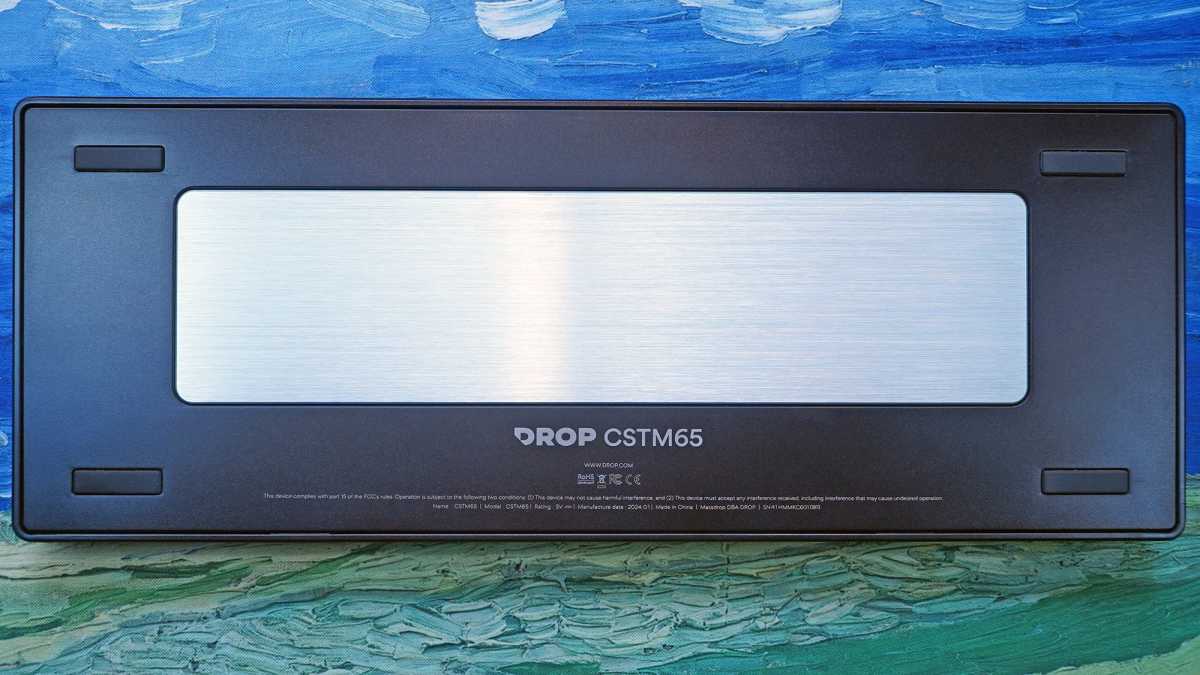Chickenpox is a common virus that most of us will experience at least once in our lifetime. It is usually associated with children but can also be contracted by adults. The symptoms include small, itchy, spot-like rashes that turn into blisters. Believed to have been around for centuries, the earliest descriptions of a disease that resembles chickenpox date back to ancient civilisations. While there are references believed to describe chickenpox in ancient Chinese medical texts and writing from the 16th century, it wasn’t until the 19th century that it was distinguished as a separate virus from smallpox.
It all started in 1658
The first piece of known documentation containing the term chickenpox dates back to 1658. However, there is much debate as to how the virus came to have such a name. Although the virus is not spread by chickens, some believe the name comes from the small blisters that look like ‘chicken pecks’. Similarly, others believe that the name originates from the resemblance of the blisters to chickpeas. Another theory suggests that there are many types of pox (a disease characterised by pustules) that are much deadlier, and in comparison, the word ‘chicken’ comes from the lack of severity.
The Symptoms
While chickenpox may be a mild illness compared to small or monkeypox, the symptoms can be unpleasant, and it is highly contagious, which has historically led to widespread outbreaks. An airborne virus, chicken pox is spread from person to person by directly touching infected blisters, saliva or mucus or through coughs and sneezes. Lasting one to two weeks, the chickenpox virus does not require medical intervention and rarely leads to severe complications but can be dangerous in older people and high-risk groups, including pregnant women and those with a weakened immune system.
The Vaccine
By the 1950s, the cause of chickenpox was identified as the varicella-zoster virus. The isolation of this strain of virus led to the development of a chickenpox vaccination. A chickenpox vaccine was first introduced in Japan in the 1970s and later became available in the United States in 1995. The vaccination has led to a decrease in prevalence and is routinely administered to children in the US and Australia, among other countries, usually combined with the vaccine for measles, mumps and rubella (MMR).
Recently…
A more recent discovery has been the relation of chickenpox to shingles. Shingles is usually characterised by a blotchy, painful rash on one side of the body. Now known to be caused by the same virus, once someone has recovered from chickenpox, the virus can lay dormant and return later in life as shingles. Shingles cannot be spread to other people; however, if someone has not had chickenpox before, they can catch it from a person who has shingles, as it is the same virus.
The long history of chickenpox highlights the enduring presence of this virus and the advancements made in understanding its causes, preventing the spread of infection and managing it through treatments and vaccination.






